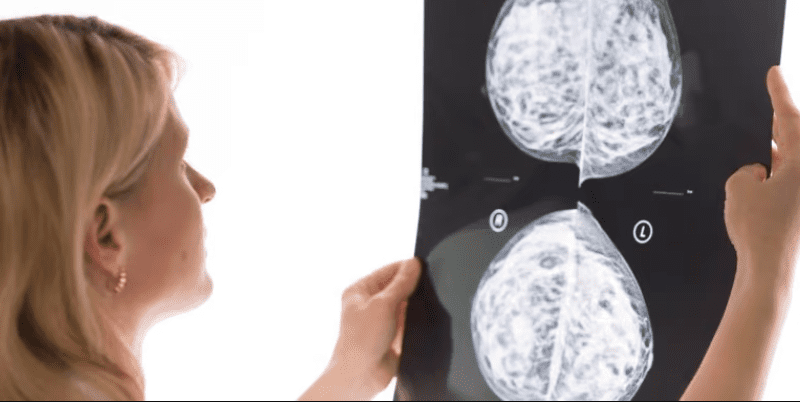A new set of real-world data from the 3D mammogram developer iCAD showed that its artificial intelligence-powered screening programs were able to increase breast cancer detection rates and help cut down the number of false positives.
iCAD’s ProFound program was one of the first pieces of AI cleared by the FDA for 3D mammography, an imaging method also referred to as digital breast tomosynthesis or DBT. The system outlines lesions in scans and provides lesion scores as well as an overall case score.
The retrospective study, presented this week at a symposium of the Society of Breast Imaging, evaluated a previous version of the program during its use in clinical practice in 2020. The software garnered a new clearance from the agency in March 2021 for version 3.0, which improved accuracy and processing times.
Researchers found that after installing the AI system, the average rate of cancers detected per 1,000 patients screened rose from 3.8 to 6.2, compared to the findings of a team of radiologists. False interpretations of results also dropped, from a rate of 9.6% down to 7.3%.
At the same time, the researchers said the addition of AI helped nearly double the positive predictive value of screenings where biopsies were performed to confirm the disease, from 29% to 57%.
“While AI does not eliminate the need for radiologists, it does extend their capabilities considerably, as it greatly assists clinicians in reviewing large DBT datasets and ultimately providing quality care for our patients,” study presenter Colleen Madden, an assistant clinical professor of radiology at Indiana University School of Medicine, said in a statement.
In a separate large retrospective study announced this week—which involved 154,200 women screened in the U.S. using 3D mammography between 2014 and 2019—researchers at the Karolinska Institutet in Stockholm determined ProFound’s AI risk scores were able to better predict those with a higher chance of developing breast cancer.
“Physicians have traditionally estimated breast cancer risk by examining the patient’s known risk factors, such as family history, but about 85% of breast cancers occur in women who have no family history of breast cancer,” said iCAD President and CEO Stacey Stevens.
Compared to those traditional long-term risk models—which may have an average area under the curve of 0.60, as a measure of diagnostic performance—the researchers in Sweden calculated ProFound’s AUC as 0.82, meaning it delivered fewer false-positive and false-negative results.
In addition, using U.S. guidelines, the researchers found that 14% of women studied carried a high risk of developing breast cancer despite receiving a negative or benign screening, and that screening with AI assistance could spot tumors earlier when they are more easily treated.
“Our research showed that women who ProFound AI Risk determined to be at high risk were more likely to present with later-stage tumors than early-stage cancers,” said Karolinska Institutet postdoctoral researcher Mikael Eriksson, lead author of the study that was published in Science Translational Medicine.
“ProFound AI Risk offers the potential to aid radiologists in refining personalizing screening recommendations and discussing risk with women, which could, in turn, influence their screening regimen compliance and potentially lead to earlier detection, reduced treatment costs and improved outcomes,” Eriksson said.

